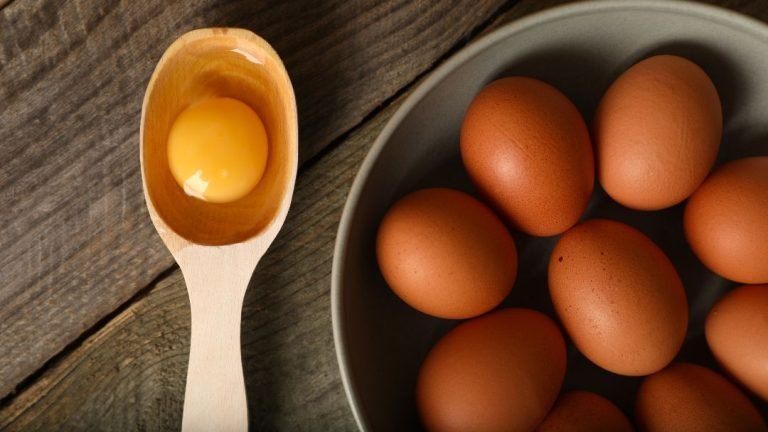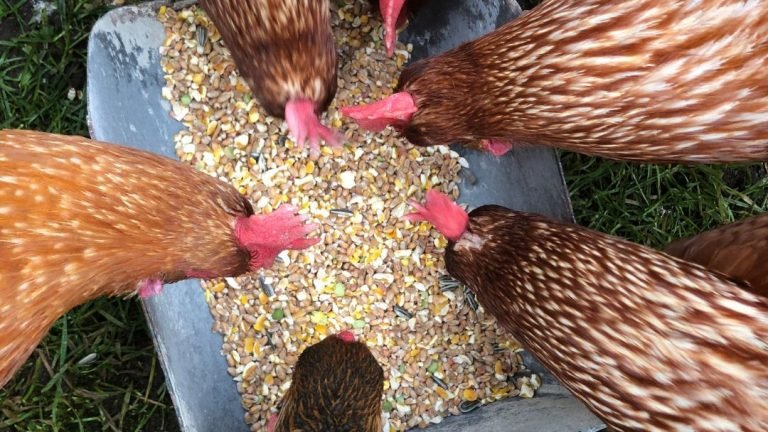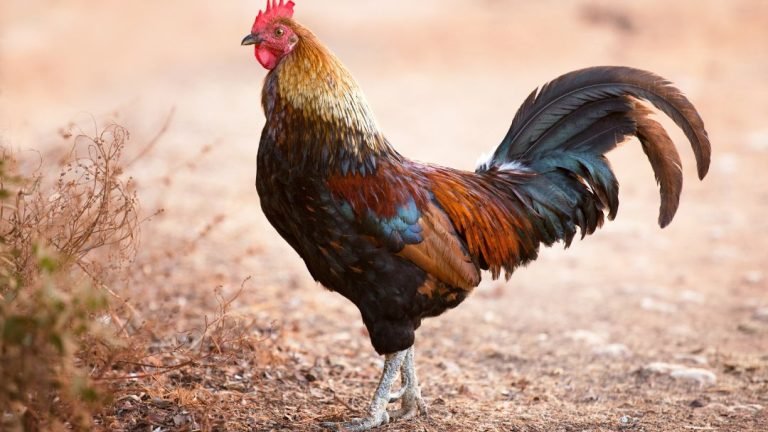Banana peel can be used as chicken feed, providing additional nutrients and reducing waste. Banana peel has long been considered a waste product, often discarded without a second thought.
However, recent studies have shown that banana peel can serve as a valuable source of nutrition for chickens. These peels are rich in essential vitamins, minerals, and fiber, making them an excellent supplement to traditional chicken feed. Not only does this practice reduce food waste and help the environment, but it also has the potential to improve chicken health and productivity.
We will explore the benefits of using banana peel as chicken feed and provide some practical tips for incorporating it into your chickens’ diet. So, let’s dive in and discover the surprising benefits of feeding banana peel to chickens.
Why Banana Peel?
Banana peel is a nutrient-rich option for chicken feed, providing essential vitamins and minerals for their health and well-being. Incorporating banana peel into their diet can help improve their overall nutritional intake.
Banana Peel As Chicken Feed
Have you ever wondered if there are other ways to optimize your chicken’s nutrition? Well, look no further than the humble banana peel! Yes, you heard it right, banana peels can be a great addition to your chicken’s diet. In this blog post, we will explore why banana peels are rich in essential vitamins and minerals, making them a valuable feed option for your feathered friends.
- Banana peels are packed with potassium, an essential mineral that supports cellular function and helps maintain a healthy heart for your chickens.
- Magnesium, another vital mineral found in banana peels, plays a crucial role in bone development and nerve function in your poultry.
- Calcium is necessary for strong eggshells and overall bone health. Banana peels provide a natural source of calcium for your hens.
- Vitamin A is essential for your chicken’s vision and immune system. Banana peels contain this essential vitamin, ensuring the well-being of your flock.
- B vitamins are crucial for the metabolism and energy production of your chickens. Banana peels contain various B vitamins, such as thiamine, riboflavin, and niacin, contributing to their overall vitality.
- Vitamin C, known for its immune-boosting properties, is found in banana peels. Including banana peels in your chicken’s feed can enhance their immunity and keep them healthy.
Now that you know how beneficial banana peels can be for your chickens’ health, consider incorporating them into their diet. However, it is essential to prepare the peels properly before feeding them to your flock. Ensure the peels are thoroughly washed, and free from any harmful pesticides or herbicides.
You can steam or boil the peels to make them more easily digestible for your chickens.
Go ahead and make the most of the abundant vitamins and minerals present in banana peels. Your feathered friends will thank you for the added nutrition and you can enjoy healthier chickens in return.
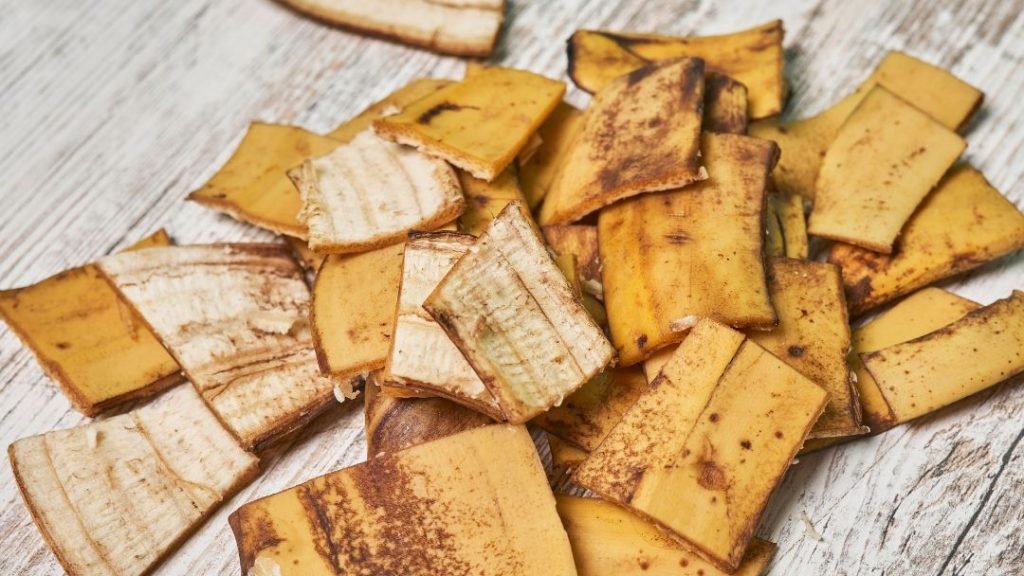
Enhancing Gut Health And Digestion
Banana peel is not only nutritious for humans but can also be an excellent addition to the diet of backyard chickens. Besides being a sustainable and cost-effective feed option, banana peel offers numerous health benefits for poultry. In this section, we will explore how banana peel enhances gut health and digestion in chickens.
Natural Prebiotics That Promote Healthy Gut Flora
- Banana peel is rich in prebiotic fibers that act as food for beneficial bacteria in the chicken’s gut.
- The high levels of dietary fiber, such as pectin, promote the growth of beneficial bacteria, contributing to a healthy gut microbiome.
- Improved gut flora helps enhance overall digestion and nutrient absorption in chickens.
High Fiber Content Aids In Digestion
- The fiber content in banana peel aids in digestion by providing bulk to the diet and promoting regular bowel movement in chickens.
- It helps prevent issues like constipation and diarrhea in poultry, ensuring a healthy gastrointestinal system.
- The natural fibers in banana peel can also help alleviate digestive disorders, such as coccidiosis, in chickens.
When it comes to maintaining optimal gut health and digestion in backyard chickens, incorporating banana peel as part of their diet can be beneficial. The natural prebiotics present in banana peel supports the growth of healthy gut flora, while the high fiber content aids in improving digestion.
By taking advantage of this readily available and nutritious feed option, chicken owners can ensure the well-being and vitality of their flock.
Natural Pest Control Solutions
Discover a natural pest control solution using banana peels as chicken feed. This eco-friendly alternative helps keep pests at bay while providing nutritious food for your flock.
Banana peels are known for their versatility, from being used as a natural fertilizer to treating skin conditions. But did you know that banana peels can also be used as chicken feed? In this section, we’ll explore how banana peels can serve as a natural pest control solution for your chicken coop.
By repelling insects and mites and deterring rodents and other pests, banana peels can help keep your chickens healthy and your coop clean.
Repelling Insects And Mites From The Coop
- Banana peels can be placed in and around the chicken coop to repel insects such as ants, flies, and mosquitoes.
- The natural oils in banana peels act as a deterrent to these insects, helping to keep them away from your chickens.
- Simply scatter banana peels in areas prone to insect activity, like near the coop entrance or nesting boxes, to create a barrier that pests won’t cross.
- For mites, you can rub the inside of a banana peel directly on your chickens’ legs and feathers. The peel’s texture and chemical compounds help suffocate and repel mites, keeping your chickens free from these bothersome parasites.
Deterring Rodents And Other Pests
- Just like insects, rodents like mice and rats can be deterred by the smell of banana peels.
- Place banana peels strategically around the coop, especially in areas where rodents may enter, such as gaps in the walls or near food storage.
- The strong odor of banana peels, combined with their slippery texture, makes an unappealing environment for rodents to inhabit. This can help reduce the risk of your chickens contracting diseases carried by rodents.
- Additionally, other pests like raccoons and possums may also be deterred by the presence of banana peels, as they dislike the scent and texture.
By utilizing banana peels as a natural pest control solution, you can keep your chicken coop insect-free and deter unwanted visitors without resorting to harsh chemicals or pesticides. Ensuring a healthy and pest-free environment for your chickens ultimately contributes to their overall well-being and happiness.
So, why not give banana peels a try? Your chickens will appreciate the treats, and you’ll have peace of mind knowing that you’re promoting a safe and natural approach to pest control in your coop.
Simple Steps To Process Banana Peels As Chicken Feed
Discover the simple steps to process banana peels as chicken feed and provide your flock with a nutritious and cost-effective alternative. By properly preparing and incorporating banana peels into their diet, you can contribute to their overall health while reducing waste.
Banana peels can be a nutritious addition to your chicken’s diet, providing them with essential nutrients and reducing food waste. Processing banana peels into chicken feed is a simple and cost-effective way to supplement their regular diet. In this section, we will discuss the drying and grinding methods for banana peels as chicken feed.
Drying And Grinding Methods
- Sun drying: After peeling the bananas, lay the peels on a clean and dry surface in direct sunlight. Allow them to dry completely for several days until they become crisp and brittle. This method is the most natural and energy-efficient.
- Oven drying: Preheat your oven to a low temperature (around 150°F or 65°C). Lay the banana peels on a baking sheet and place them in the oven for several hours, checking regularly to ensure they do not burn. This method can be faster than sun drying but requires access to an oven.
- Dehydrator: If you have a food dehydrator, it can also be used to dry banana peels. Follow the manufacturer’s instructions for drying fruits or vegetables. This method offers controlled temperature settings and faster drying times.
- Grinding: Once the banana peels are thoroughly dried, they can be ground into a fine powder. Use a blender, food processor, or coffee grinder to grind the dried peels until they reach a powdery consistency. Sieve the powder to remove any large or coarse particles.
- Storage: Store the ground banana peel powder in an airtight container in a cool, dry place. It is important to protect it from moisture to prevent spoilage.
Processing banana peels into chicken feed is an excellent way to maximize nutritional benefits and minimize waste. By following these simple steps of drying and grinding, you can easily incorporate banana peels into your chicken’s regular diet.
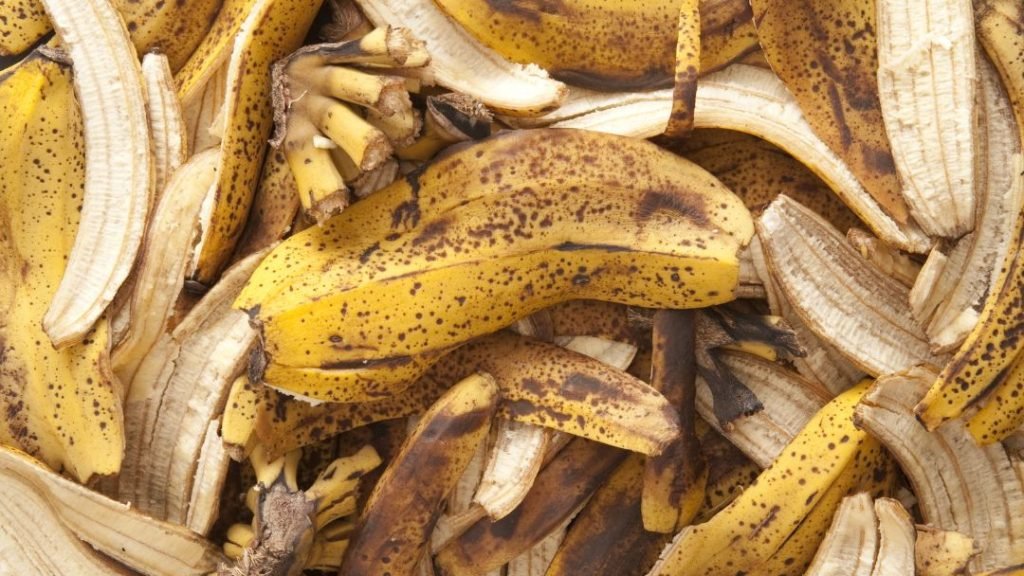
Gradual Transition And Monitoring
Gradual transition and careful monitoring are crucial when considering the use of banana peel as chicken feed. This nutrient-rich alternative requires a systematic approach to ensure the health and well-being of the chickens. Regular observation and assessment are vital during the transition period.
Banana peels can serve as a nutritious addition to your chickens’ diet, but it’s important to introduce them slowly and monitor their response. Gradually transitioning your chickens to banana peels will help prevent any potential digestive upset and ensure their health and well-being.
By carefully monitoring their reaction and adjusting accordingly, you can ensure that your feathered friends are benefiting from this alternative feed source.
Slowly Introducing Banana Peels To Prevent Digestive Upset
- Start by offering small amounts of banana peels as a treat, mixed with their regular feed.
- Gradually increase the portion of banana peels over several days or weeks, depending on your chickens’ response.
- Watch for any signs of digestive upset, such as diarrhea or changes in appetite.
- If you notice any adverse reactions, decrease the amount of banana peels or discontinue feeding them temporarily.
- It’s crucial to introduce new foods gradually, allowing your chickens’ digestive systems to adjust and avoid any potential stress.
Monitoring Chickens’ Response And Adjusting Accordingly
- Observe your chickens closely for any changes in behavior or health after introducing banana peels.
- Monitor their droppings to ensure they remain normal and well-formed.
- If your chickens continue to tolerate the banana peels well, you can gradually increase the amount given.
- However, if you notice any digestive issues or decreased appetite, it’s essential to reduce the quantity or halt feeding the banana peels altogether.
- Every chicken may have a different tolerance level, so it’s crucial to monitor individual birds and make adjustments accordingly.
Remember, a gradual transition and close monitoring are key when introducing banana peels as chicken feed. By carefully observing your flock’s response and making necessary adjustments, you can provide them with a wholesome and varied diet that includes this nutritious alternative feed source.
Limitations And Safety Measures
Banana peels are a great addition to chicken feed, offering various benefits such as fiber, potassium, and vitamins. However, it’s important to understand the limitations and safety measures associated with feeding banana peels to chickens. By considering these factors, you can ensure that your chickens reap the rewards without any negative consequences.
Let’s delve into the important aspects to keep in mind:
Moderation To Avoid An Imbalanced Diet
To maintain a well-balanced diet for your chickens, it’s crucial to offer banana peels in moderation. While banana peels can provide valuable nutrients, they should be considered as a supplement rather than a primary source of feed. Incorporating banana peels into their diet should be done alongside a varied and nutritious base feed.
Strive for a balance that ensures your chickens receive a diverse range of nutrients for optimum health and productivity.
Organic Sources And Peel Preparation Guidelines
When offering banana peels to your chickens, it’s essential to prioritize organic sources. Ensure that the peels are free from any pesticides, chemicals, or additives that could harm the chickens’ well-being. Follow these guidelines when preparing and serving banana peels as chicken feed:
- Select only ripe and yellow banana peels, as they are more easily digestible for the chickens.
- Thoroughly wash the peels to remove any dirt or residue, ensuring they are clean and safe for consumption.
- Remove any leftover banana fruit, as it may attract pests or lead to spoilage.
- Cut the banana peels into smaller pieces or mash them to make it easier for the chickens to eat and digest.
- Only serve fresh banana peels to prevent any chances of bacterial growth or contamination.
Remember, it’s crucial to monitor your chickens’ response to banana peels. Some chickens may not show interest in consuming them, while others may enjoy them as a healthy treat. Observing your flock’s behavior and adjusting the quantity accordingly will help maintain a balanced and enjoyable feeding routine.
By understanding the limitations and following the safety measures associated with feeding banana peels to your chickens, you can enhance their diet with a natural and nutrient-rich addition. Remember to always prioritize moderation, organic sources, and proper preparation to ensure the well-being of your flock.
Conclusion
Overall, using banana peels as chicken feed is a cost-effective and environmentally friendly solution. Not only does it provide a nutritional boost for your flock, but it also helps to reduce food waste. With their high fiber content and beneficial vitamins and minerals, banana peels can contribute to the overall health and productivity of your chickens.
Additionally, the natural enzymes present in banana peels can aid in digestion and promote better gut health. By incorporating banana peels into their diet, you can potentially reduce the need for commercial feed and save money in the process. However, it is important to remember that banana peels should be used as a supplement and not as the sole source of nutrition for your chickens.
Always consult with a poultry nutritionist or veterinarian to ensure a balanced diet for your flock. Embracing this innovative approach to chicken feed can lead to healthier birds, reduced waste, and a more sustainable farming practice.

